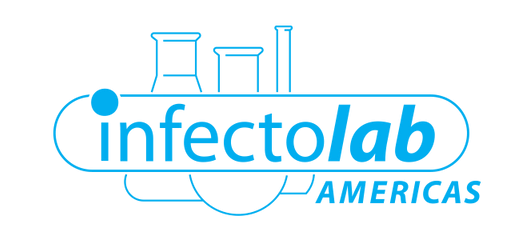
Dr. Marie Matheson
ND
Biography
Meet The Speaker
Dr. Marie Matheson is the Co-Founder of BioHeal Ottawa, a community builder & creator of LymeBright Collective. Grounded in Naturopathic Medicine, Dr. Marie is a health detective helping unlock patients who are trapped in their medical condition, by figuring out the causal chain of illness including underlying infections & toxins.
Using her assessment tool of Auricular Medicine, Dr. Marie uncovers blockages and underlying imbalances to allow the body to self-heal and auto-regulate. Her willingness to freely share clinical pearls of wisdom among colleagues has led to her being a sought-after speaker at conferences.
Dr. Marie is a featured author of a chapter within Connie Strasheim’s ground breaking book New Paradigms in Lyme Disease Treatment. She is a Member of the International Lyme and Associated Diseases Society (ILADS) and completed their Physicians Training Program with, the late, Dr. Charles Ray Jones, MD.
Marie Matheson is a force of energy and with undeniable zest for life. With a racket in one hand and a snowboard under her arm, she fearlessly conquers every terrain she encounters.
Hallmark Signs & Symptoms of Mycotoxins and TBD | How to Differentiate
Mold illness and Lyme disease are two distinct medical conditions with overlapping symptomology, often leading to diagnostic challenges and potential misdiagnosis. This abstract aims to explore and elucidate the key differences in symptom presentation between these two conditions, enabling healthcare professionals and patients alike to navigate the diagnostic process more effectively.
Mold illness, also known as Chronic Inflammatory Response Syndrome (CIRS), arises from exposure to toxic mold and its by-products. Symptoms commonly associated with mold illness include fatigue, brain fog, respiratory issues, joint pain, muscle aches, headaches, and skin rashes. Patients may also experience neurological symptoms such as difficulty concentrating, memory problems, and mood disturbances. Additionally, individuals with mold illness often report heightened sensitivity to environmental stimuli.
On the other hand, Lyme disease, caused by the bacterium Borrelia burgdorferi transmitted through tick bites, presents with a broader range of symptoms. Early-stage symptoms may include fever, fatigue, headache, muscle and joint aches, and a characteristic skin rash known as erythema migrans. As the disease progresses, patients may experience neurological symptoms like facial palsy, numbness, and cognitive impairment. Lyme disease can also affect the heart, joints, and cause chronic fatigue syndrome-like symptoms.
Distinguishing between mold illness and Lyme disease can be challenging due to symptom overlap. However, certain features may provide valuable clues.
This presentation will delve into the distinct symptom patterns, explore distinctive environmental and behavioural patterns and clues for accurate diagnosis and effective treatment. By enhancing awareness of the symptomology differences between mold illness and Lyme disease, healthcare professionals will be better equipped to provide timely and targeted interventions, leading to improved patient outcomes and quality of life.
Key Learnings
- Objective 1: Identify and compare the common pathognomonic symptoms associated with mold illness and Lyme disease.
- Objective 2: Analyze the overlapping symptoms between mold illness and Lyme disease, highlighting the challenges in differential diagnosis.
- Objective 3: Examine the distinctive symptom patterns that can aid in distinguishing between mold illness and Lyme disease.
- Objective 4: Explore the role of environmental exposure history, such as mold exposure and tick bites, in the diagnostic process of mold illness and Lyme disease.
- Objective 5: Explore distinctive environmental and behavioural patterns and clues for accurate diagnosis and effective treatment.




